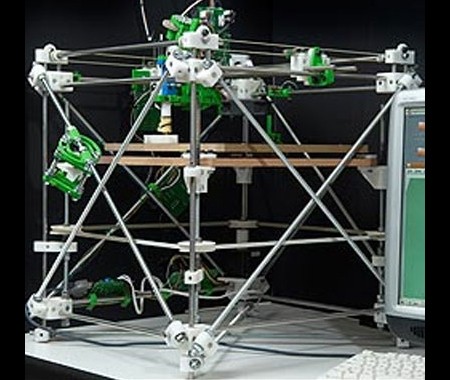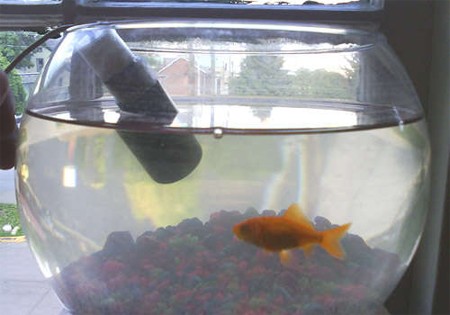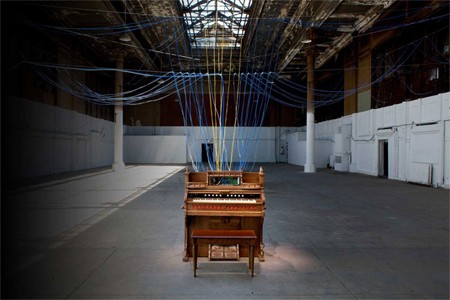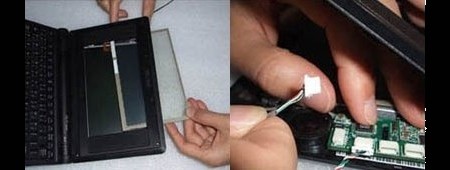
RepRap, the self-replicating universal constructor has had our attention since it first started spitting out globs of shapeless goo, but its speculative potential turned in a real benchmark recently when a RepRap machine made parts for an identical machine in a few hours (a child, in other words), then the second RepRap successfully made parts for a third or grandchild machine.
RepRap does not fully assemble copies of itself, but produces the 3D-printed plastic components necessary to assemble another copy. It has also successfully produced other plastic goods like sandals and coat hooks. [Dr. Adrian Bower] is the leader of the RepRap team, and he will be exhibiting its capabilities at this week’s Cheltenham Science Festival.
[via BoingBoing]















